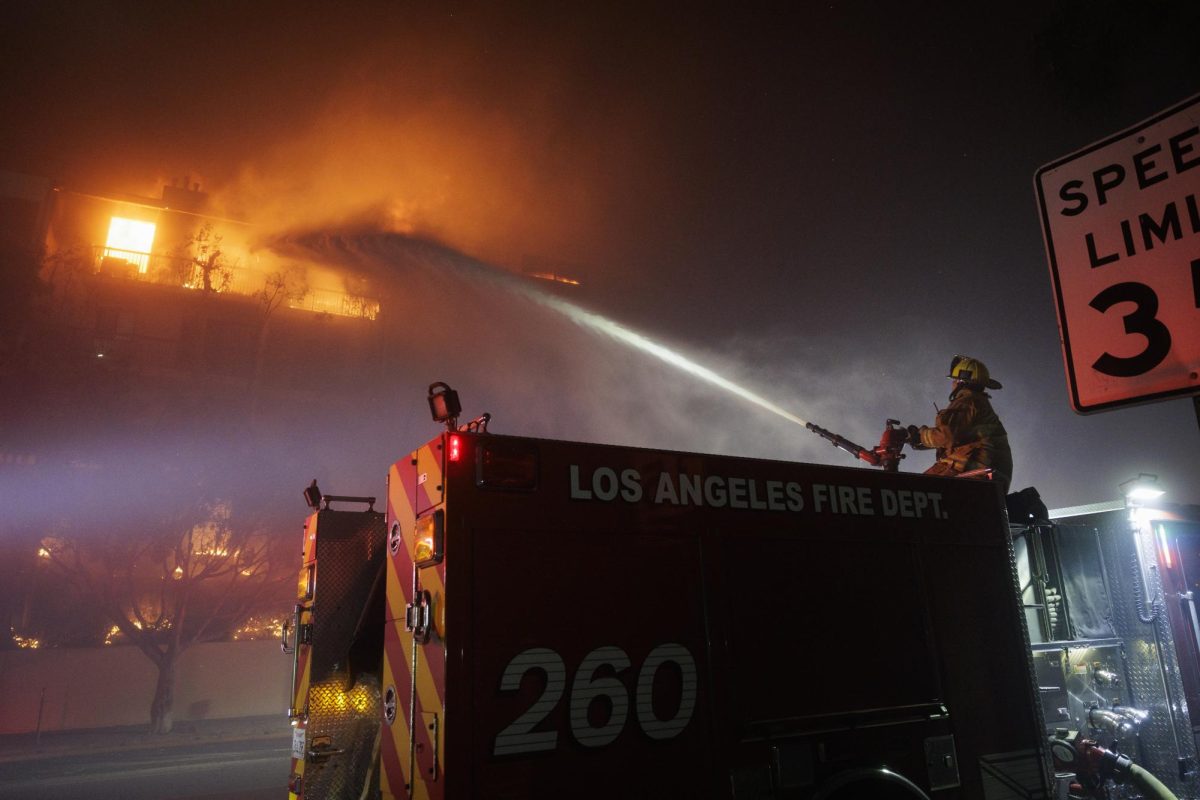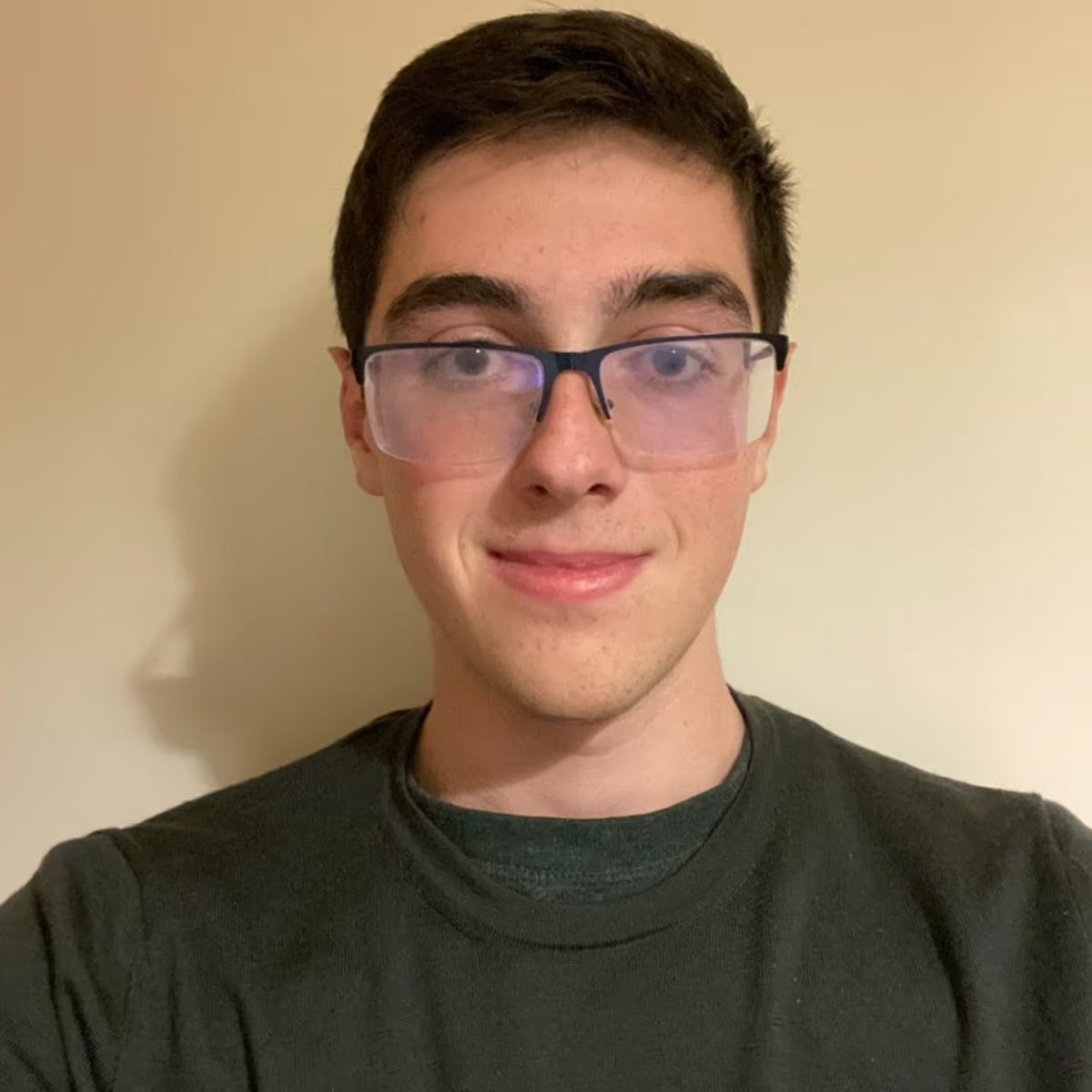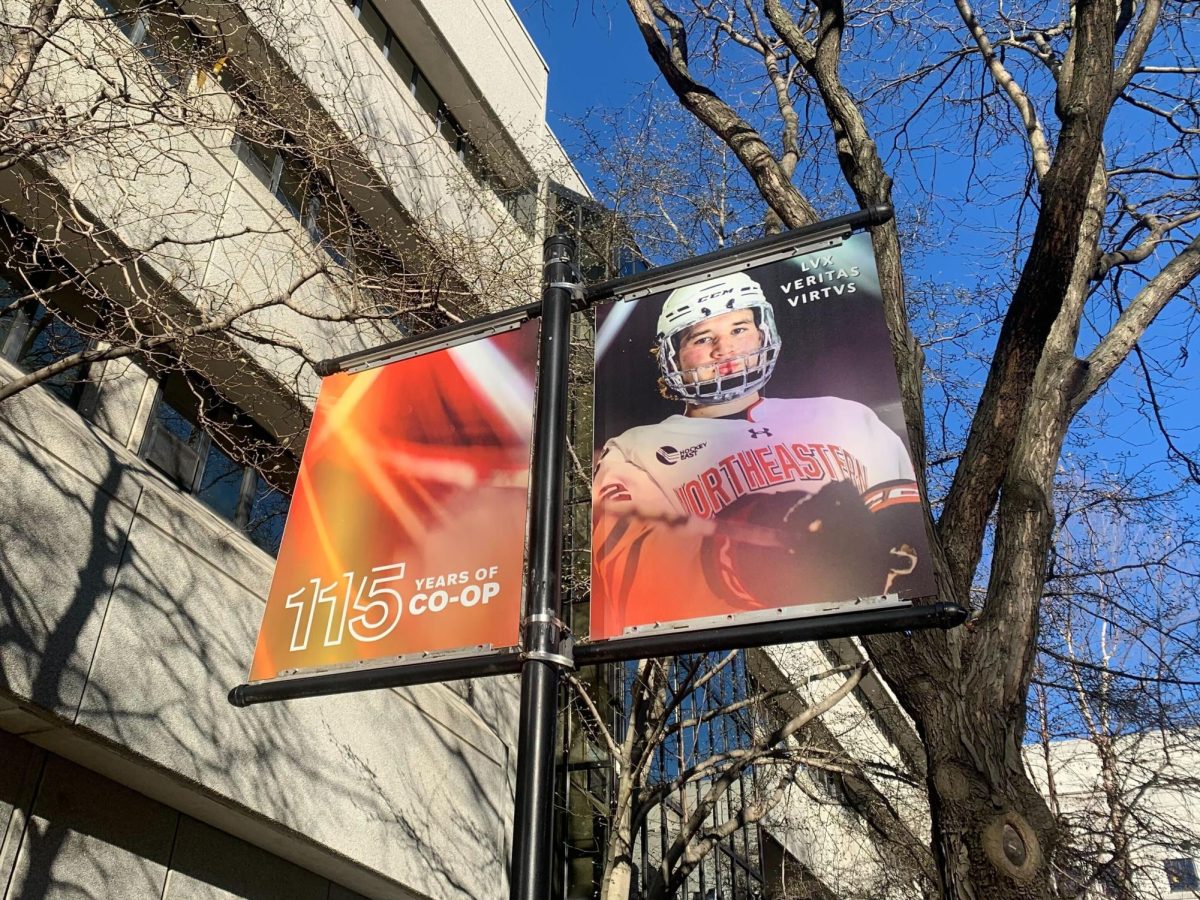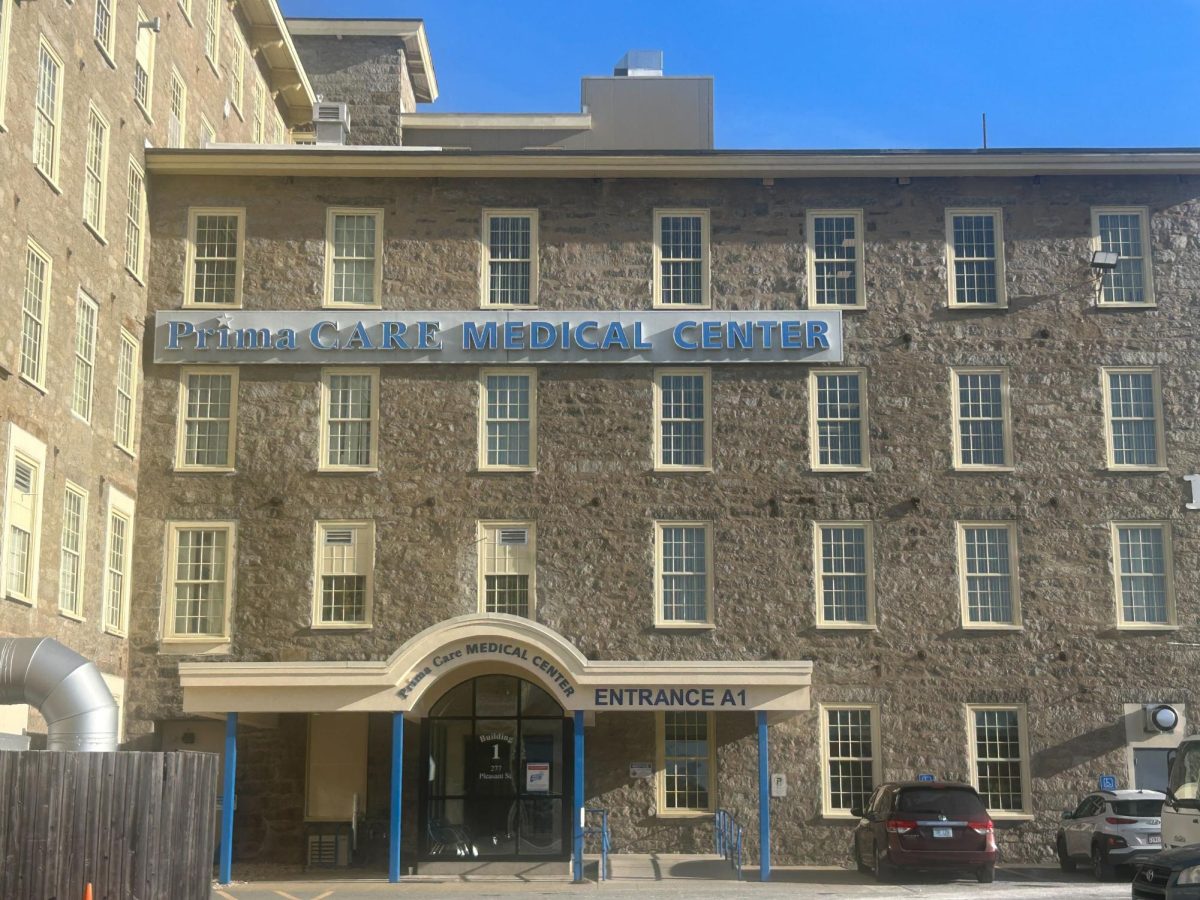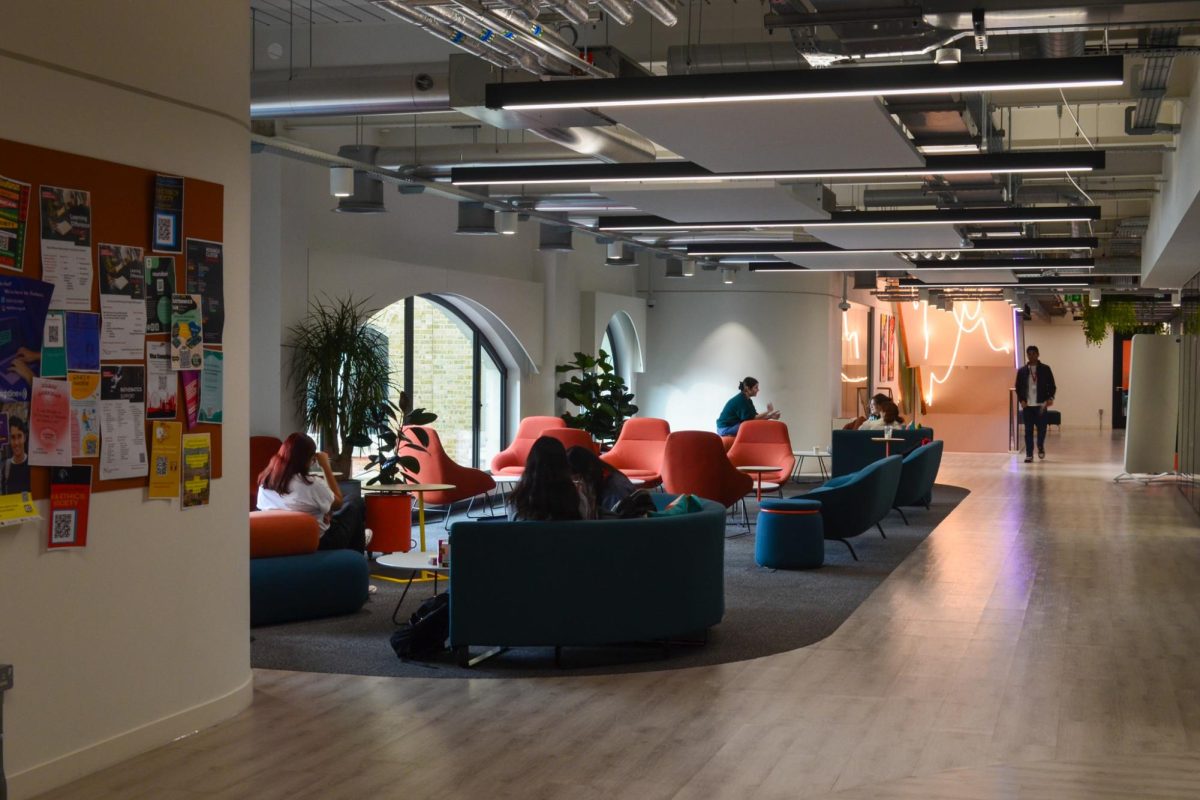By C.G. Lynch
“It’s always fun to play dress up,” said Northeastern President Richard Freeland, as he placed a white hard hat on to his head. In his right hand, he examined a pair of safety glasses and joked, “I could wear these for squash.”
Escaping from his office for a few hours Tuesday morning, Freeland joined Northeastern seniors Evan Silberhorn and Leslie Klein, two co-op students, on a tour through the Big Dig, Boston’s famed public works project meant to sink the city’s central artery (I-93) underground.
“I’ve been wanting an excuse to come here for years,” said Freeland who, in preparation, wore a pair of leather cowboy boots – a stark compliment to his gray suit and green trench coat. “I was just delighted the opportunity came along.”
Since June, Silberhorn and Klein, communication studies majors, have worked as public information assistants for the Massachusetts Turnpike Authority. During this period, they have coordinated and organized all the public tours for the Big Dig, including viewings of the new southbound I-93 tunnel and the Leonard P. Zakim Bunker Hill Bridge.
The tour began from a small conference room on North Washington Street, a couple of blocks from the FleetCenter. Freeland was joined by other Northeastern staffers, including Neal Finnegan, chair of Northeastern’s Board of Trustees, and David Marshall, chair of communications studies.
The first segment featured a slide show, jointly narrated by Silberhorn and Klein, detailing the fundamental goals of the Big Dig, a federally funded project that has resulted in the most expensive strip of interstate in the world.
“It’s the biggest infrastructure in history,” said Silberhorn, who noted that the general public’s cynical opinions of the Big Dig often stifle efforts to educate people taking the tour. “It’s funny to Bostonians, because we just sit in all this traffic. But we need to extend our roadways, so we have more space in the city.”
After the slide show, Freeland followed Silberhorn and Klein down a tiled hallway, his hard hat drooping forward, the orange vest attached delicately around his trench coat. Outside, he was greeted by the sound of drilling, bulldozing and construction workers screaming over mechanized rumbles.
As Freeland negotiated a gravel walkway, the heels of his boots moving carefully against the jagged rocks, he made his way down into the I-93 southbound tunnel, Boston’s skyline and financial district disappearing above him.
“This is a very visionary project that will transform the city,” he said. “I think the hero is Frank Salucci. He had a vision, and through democratic and republican administrations, he stuck to it.”
Inside, Klein explained that the current gridlock on I-93 will be alleviated by the tunnel’s opening. As bulldozers and large trucks passed just feet away, she bombarded Freeland and company with information concerning ventilation, tiled walls and the concrete slabs which maintain the tunnel’s integrity.
“Safety has been a number one priority,” Klein said.
Northeastern officials in attendance applauded Klein and Silberhorn for their role as co-op students, saying they furthered the success of the program.
“What’s interesting to watch is how they translate complicated ideas,” Marshall said. “You can see they’re on the front line. It’s a tremendous satisfaction for the students.”
Finnegan shared Mar-
shall’s enthusiasm, adding, “I think it’s wonderful to have NU students presenting themselves so well. It makes me proud.”
The tour finished atop the Bunker Hill Bridge, where Silberhorn highlighted the key engineering facts about the asymmetrical structure.
With her co-op ending this winter and her graduation this spring, Klein said she would likely enter a career in marketing.
Standing beside Silberhorn on top of the bridge, Freeland asked the Attleborough native what career he will pursue after Northeastern.
Overlooking the Charles River and then up into the air, where white cables towered 270 feet above, Silberhorn said, “I’ve always liked leadership positions, but I want to do something that hasn’t been done before.”


